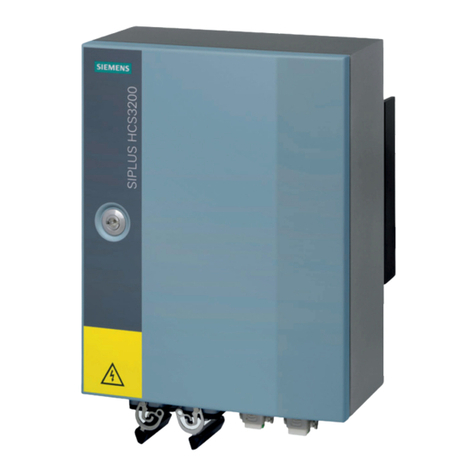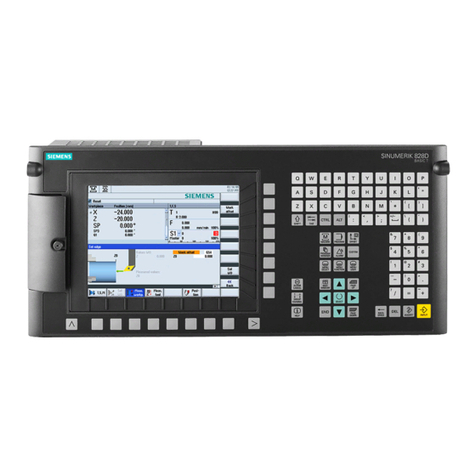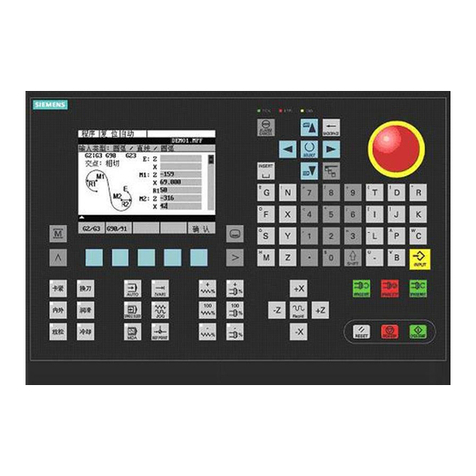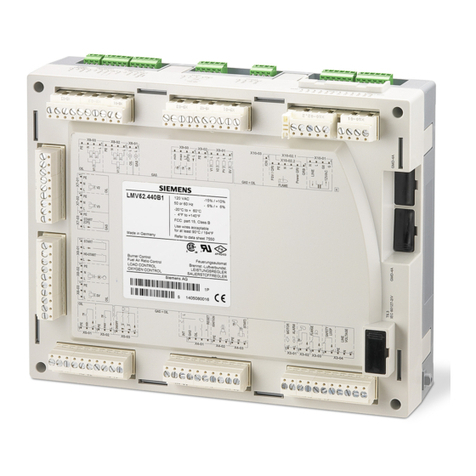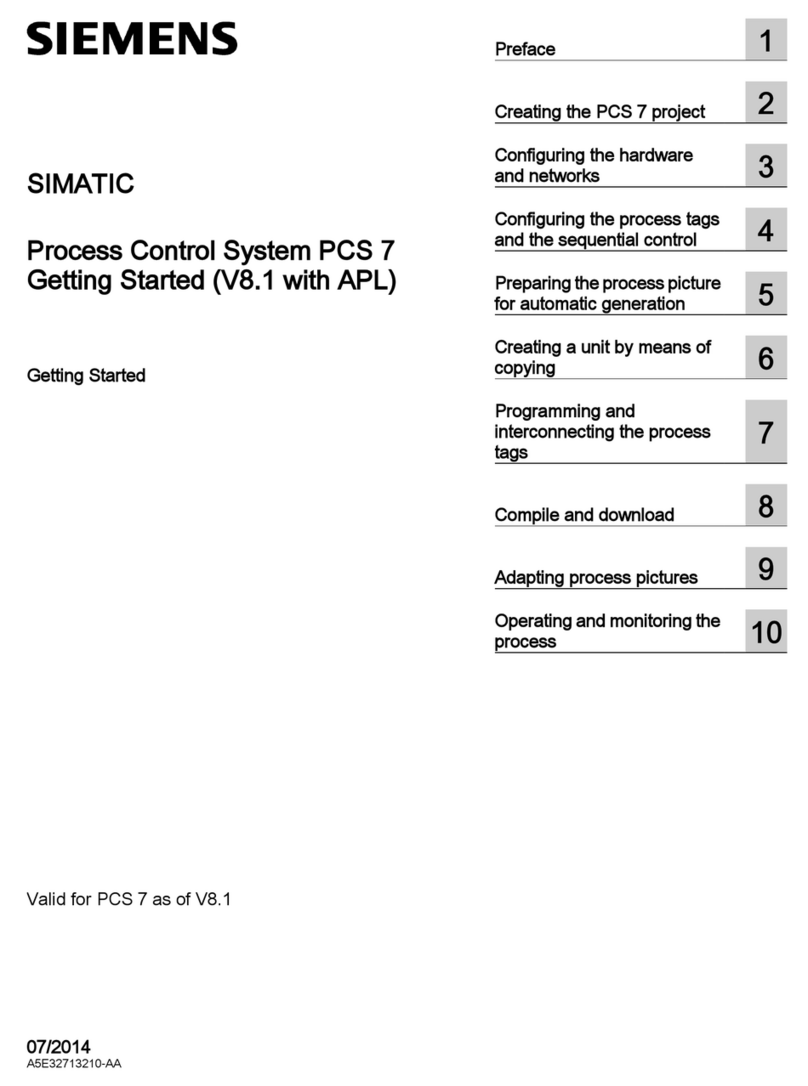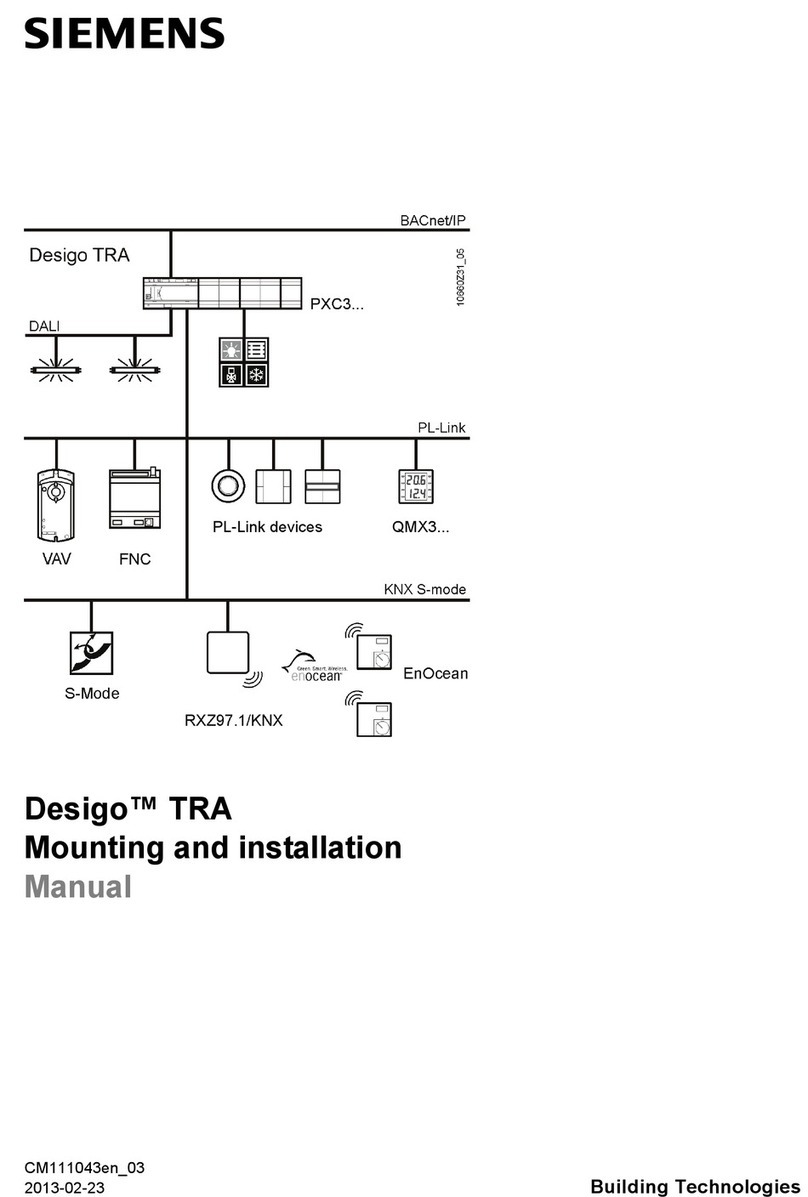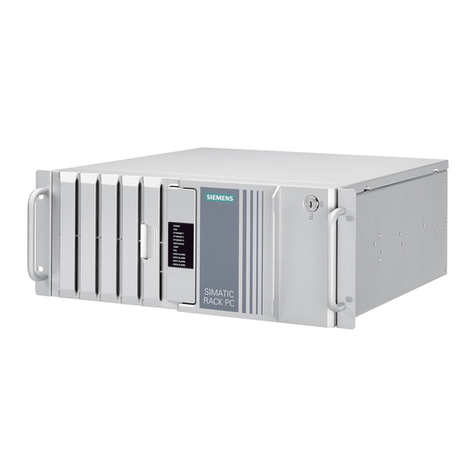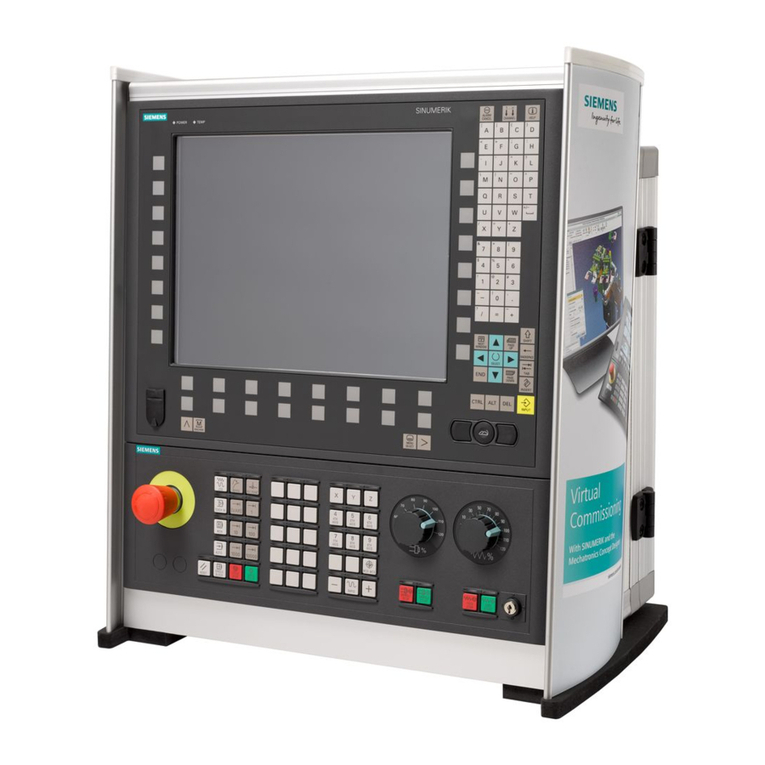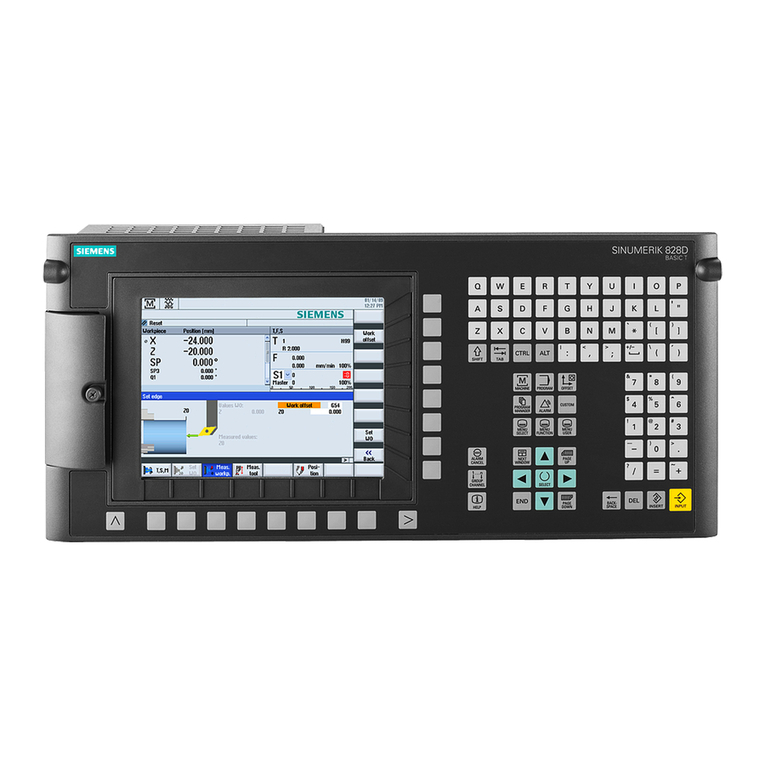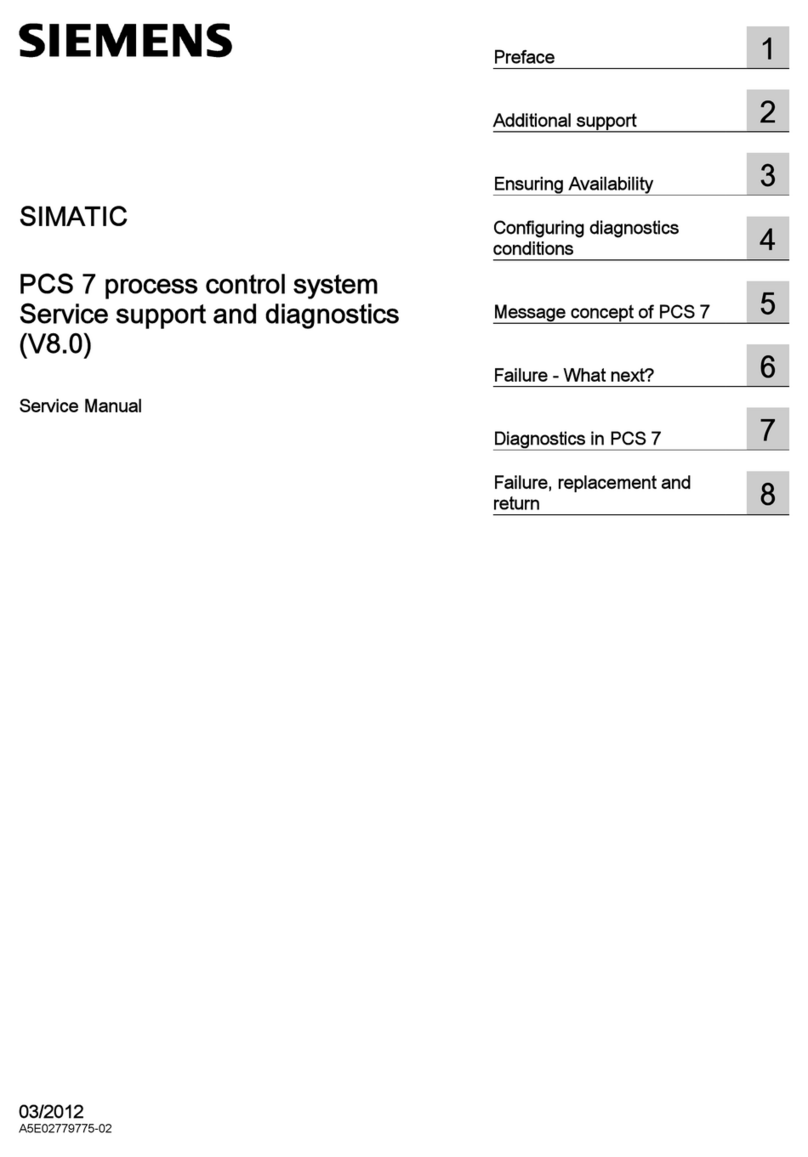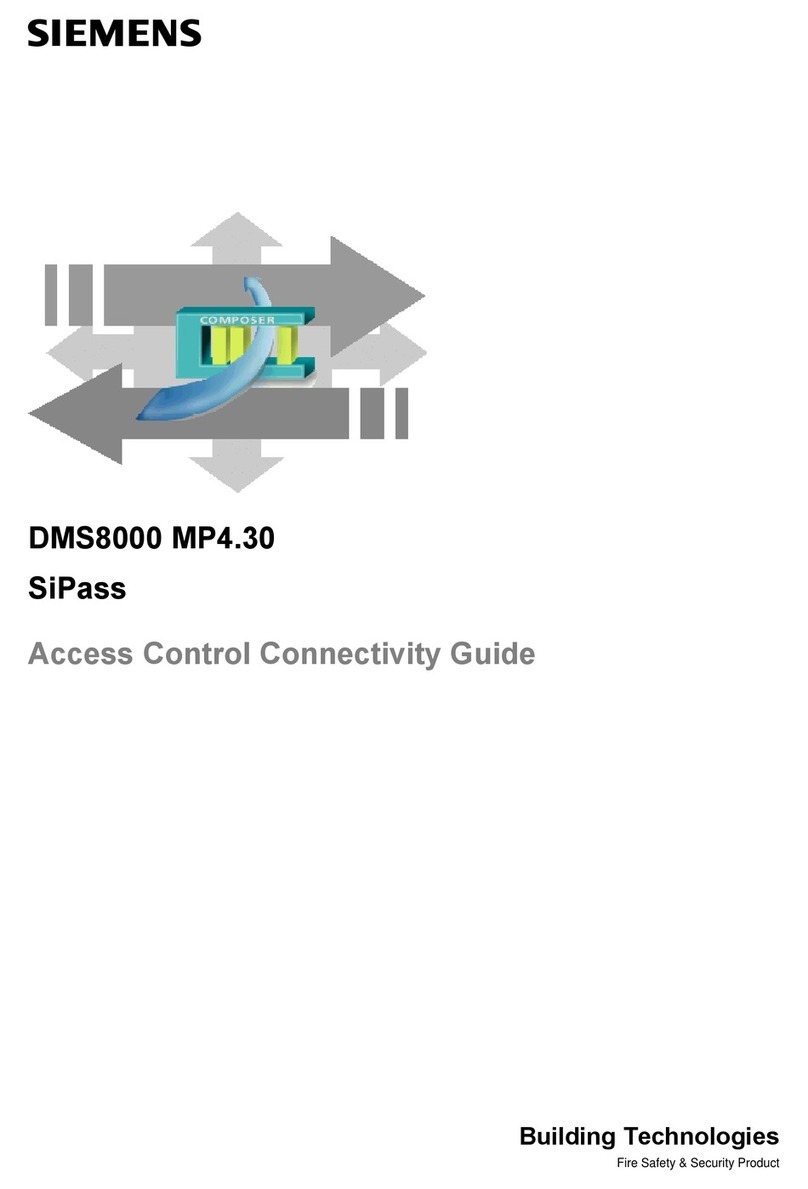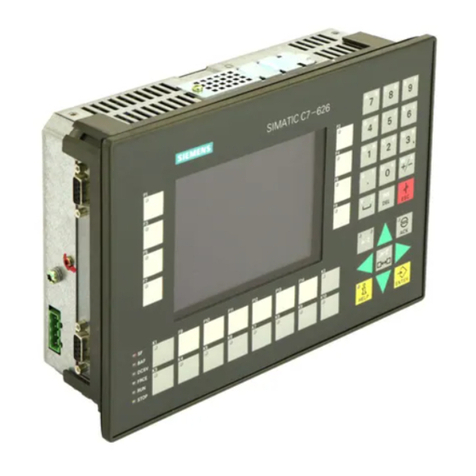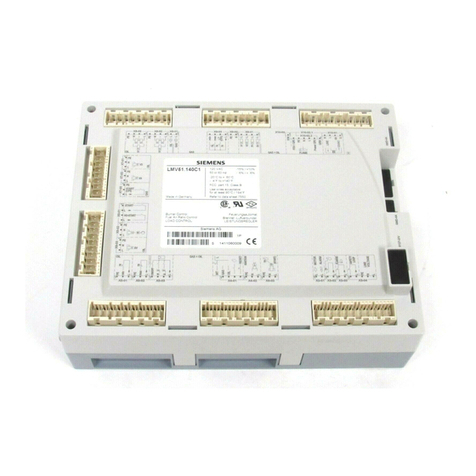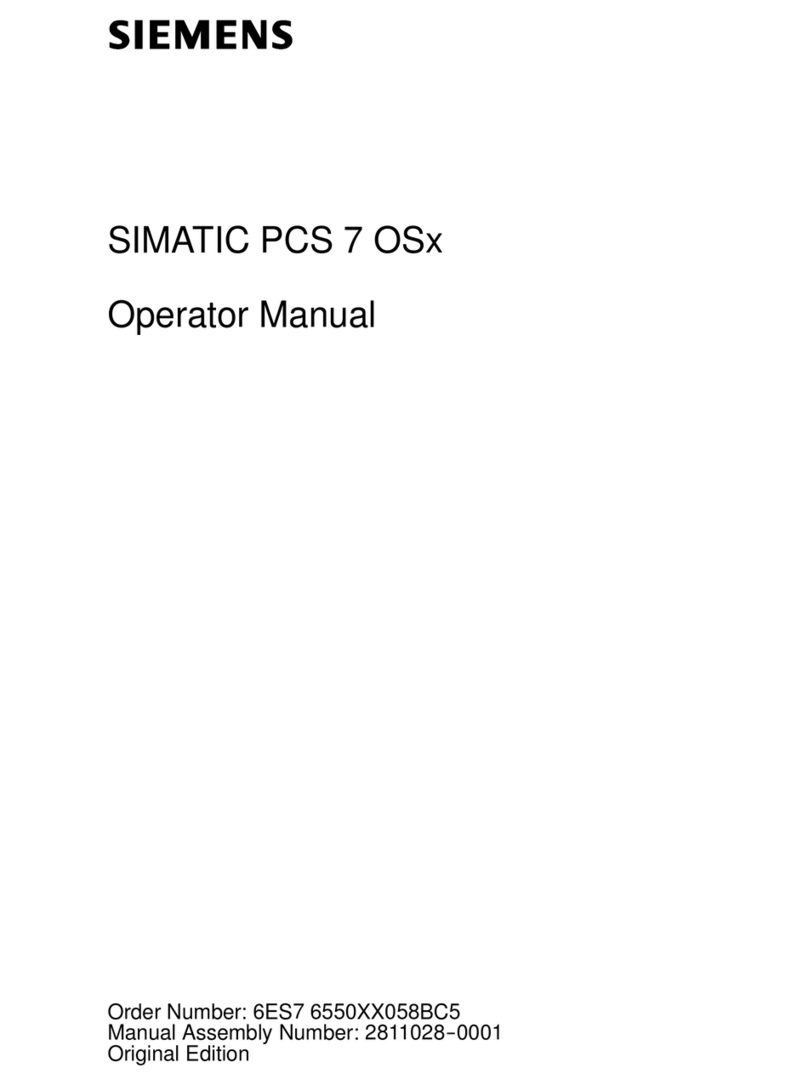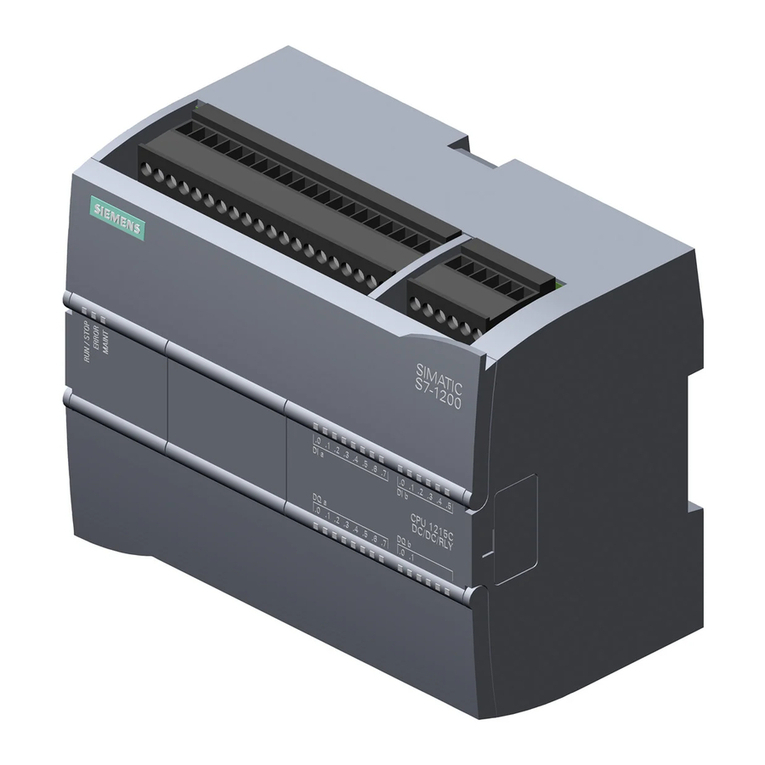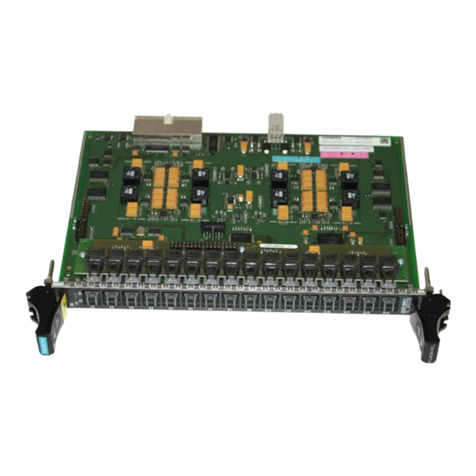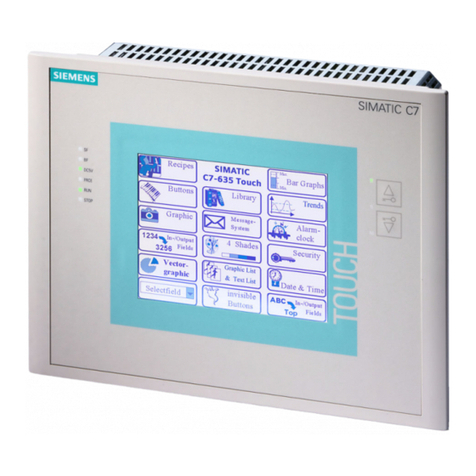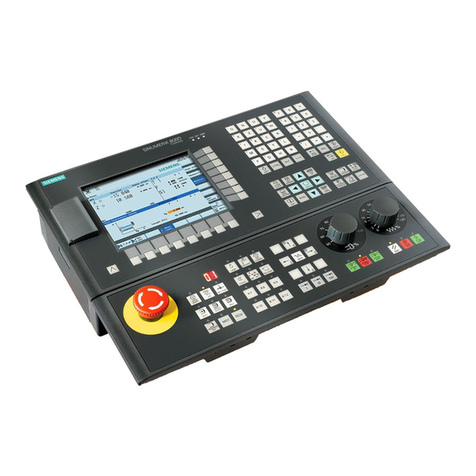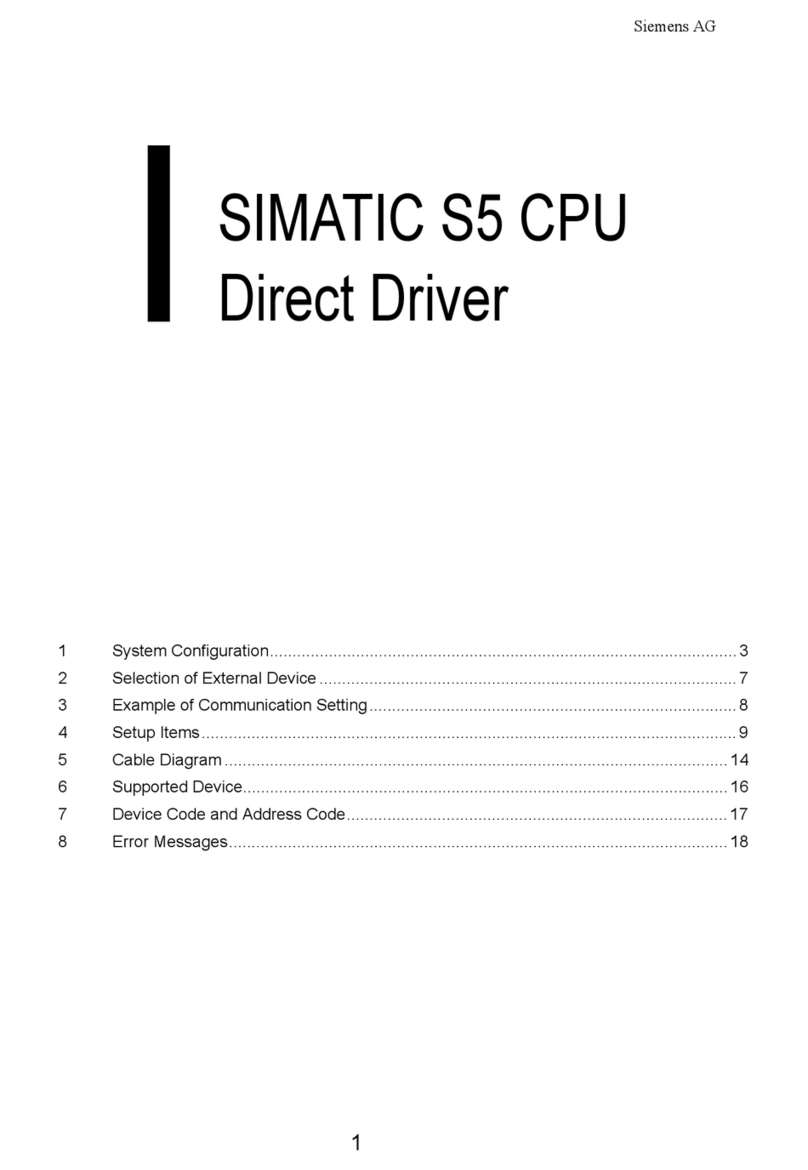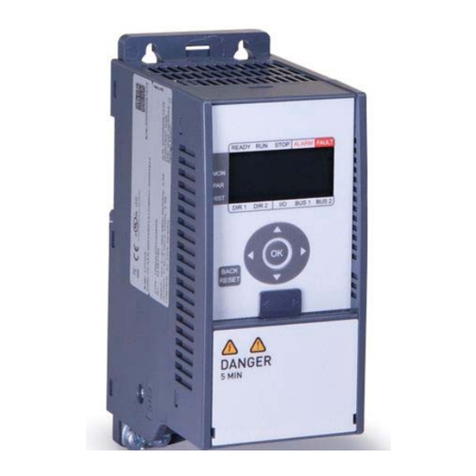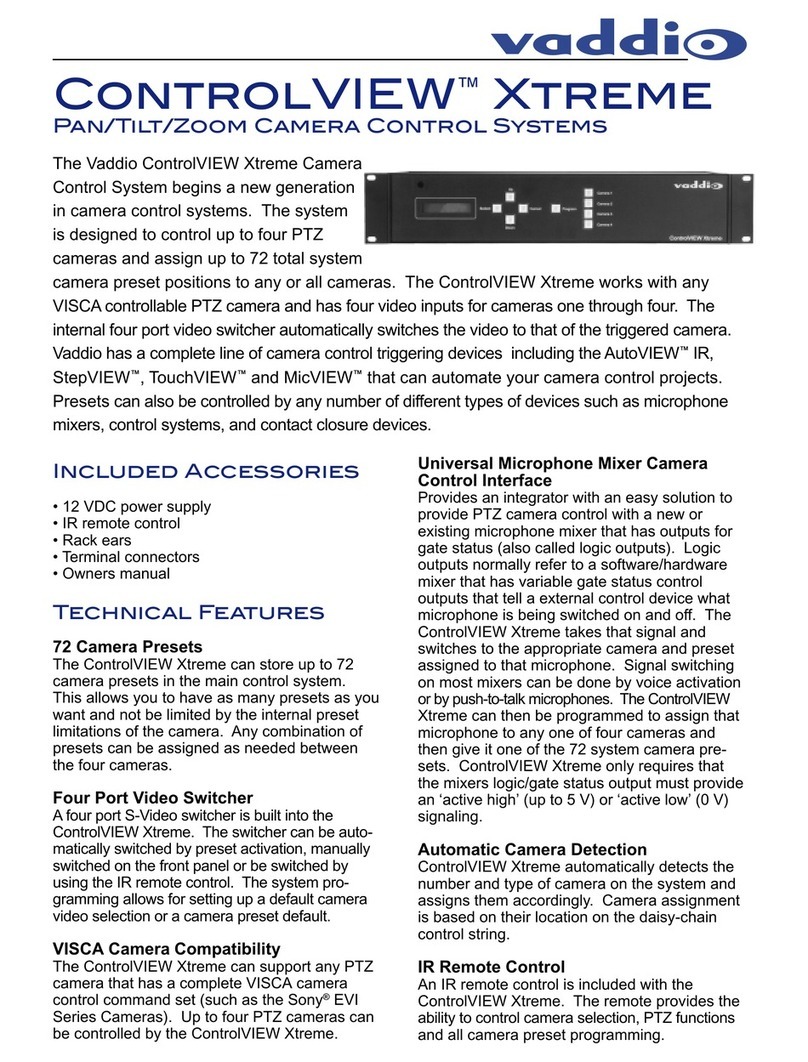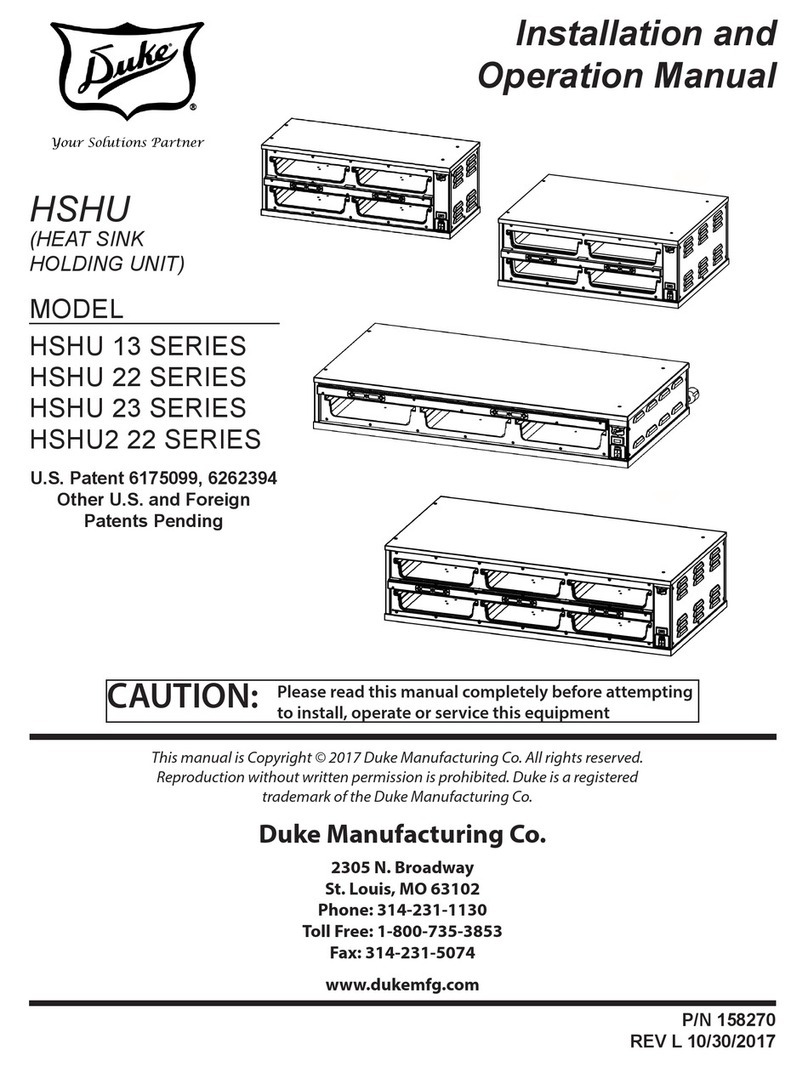
2.6 Optimization of the control .....................................................................................................77
2.6.1 Position controller, position setpoint filter: Balancing filter .....................................................77
2.6.2 Position controller, position setpoint filter: Phase filter...........................................................81
2.6.3 Position controller: injection of positional deviation................................................................83
2.6.4 Position control with proportional-plus-integral-action controller............................................84
2.7 Data lists ................................................................................................................................87
2.7.1 Machine data..........................................................................................................................87
2.7.1.1 Displaying machine data ........................................................................................................87
2.7.1.2 NC-specific machine data ......................................................................................................87
2.7.1.3 Channelspecific machine data ...............................................................................................87
2.7.1.4 Axis/spindlespecific machine data .........................................................................................88
3 F1: Travel to fixed stop ...............................................................................................................................91
3.1 Brief description .....................................................................................................................91
3.2 Detailed description................................................................................................................92
3.2.1 Programming..........................................................................................................................92
3.2.2 Functional sequence ..............................................................................................................94
3.2.2.1 Selection ................................................................................................................................94
3.2.2.2 Fixed stop is reached .............................................................................................................95
3.2.2.3 Fixed stop is not reached .......................................................................................................97
3.2.2.4 Deselection ............................................................................................................................98
3.2.3 Behavior during block search...............................................................................................101
3.2.4 Behavior for reset and function abort ...................................................................................104
3.2.5 Behavior with regard to other functions................................................................................104
3.2.6 Setting data ..........................................................................................................................105
3.2.7 System variables..................................................................................................................107
3.2.8 Alarms ..................................................................................................................................108
3.2.9 Travel with limited torque/force FOC....................................................................................109
3.3 Examples .............................................................................................................................112
3.4 Data lists ..............................................................................................................................113
3.4.1 Machine data........................................................................................................................113
3.4.1.1 Axis/spindlespecific machine data .......................................................................................113
3.4.2 Setting data ..........................................................................................................................114
3.4.2.1 Axis/spindle-specific setting data .........................................................................................114
4 P1: Transverse axes.................................................................................................................................115
4.1 Function ...............................................................................................................................115
4.2 Parameterization ..................................................................................................................118
4.3 Programming........................................................................................................................121
4.4 Supplementary conditions....................................................................................................122
4.5 Examples .............................................................................................................................123
4.6 Data lists ..............................................................................................................................124
4.6.1 Machine data........................................................................................................................124
4.6.1.1 Channelspecific machine data .............................................................................................124
4.6.1.2 Axis/spindlespecific machine data .......................................................................................124
Table of contents
Axes and spindles
10 Function Manual, 06/2019, A5E47437747B AA
